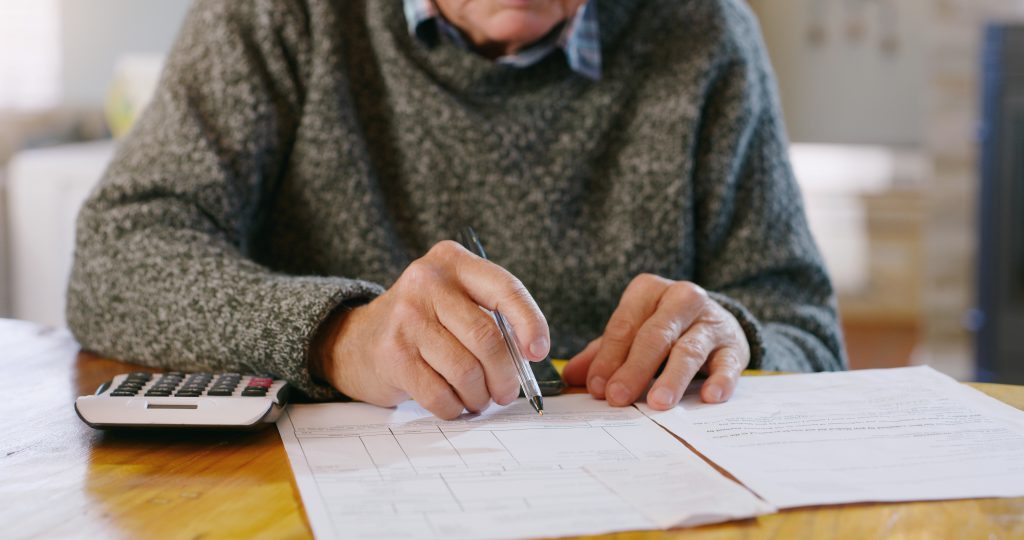Survey aims to gauge household spending power

An important survey gauging the spending power of Maltese households which will also impact the cost of living adjustment (COLA) has been launched. The 2024 Household Budgetary Survey, as it is known, will be taking a sample of 7,000 households across the Maltese Islands over the span of a year.
Result of this survey which is being conducted by the National Statistics Office, will be used among other things, as a main source for updating the base weights of the retail price index (RPI), which is used to gauge changes in inflation and the eventual effect on households’ purchasing power. The RPI is also used for the calculation of COLA. In other words, the survey will update the lifestyle indicators used to measure the increase in the cost of living. This will be the first HBS since 2015 whose results had been published three years later.
At the start of each survey, households will be interviewed to gather background information about the household as well as specific non-regular household spending which is not normally captured over a two-week period. This part of the interview will be held by computer assisted personal interviewing.
Following the initial phase, participating households will be provided with two diaries and asked to record their daily and occasional expenditures over a two-week period. Throughout this process, the interviewers will offer assistance to the households, ensuring accuracy of the reported information. This approach will maintain data quality while mitigating the burden on the responding households.
Though by law selected households have to take part, the NSO will be giving €50 to the participant households as a token of appreciation. All data is expected to be gather by November next year.
The 2015 survey had revealed that each household spent €2,771 more than in 2008, with the largest share of expenditure being recorded in the food and non-alcoholic beverages category. Households with dependent children spent more than households without dependent children in almost all expenditure categories, the only exception being in the alcoholic beverages and tobacco category.
Persons who were mostly at-risk-of-poverty (ARP) were those living in households with dependent children, with 17.9% being at-risk-of-poverty. On the other hand, 15.4% of persons living in households without dependent children were at risk-of-poverty. When compared with results on poverty obtained from EU-SILC 2016, another household income survey carried out by the NSO, the two surveys show consistency. EU-SILC results showed that 69,920 persons (16.5%) were at-risk of poverty, while the HBS reported 70,656 persons (16.7%).
